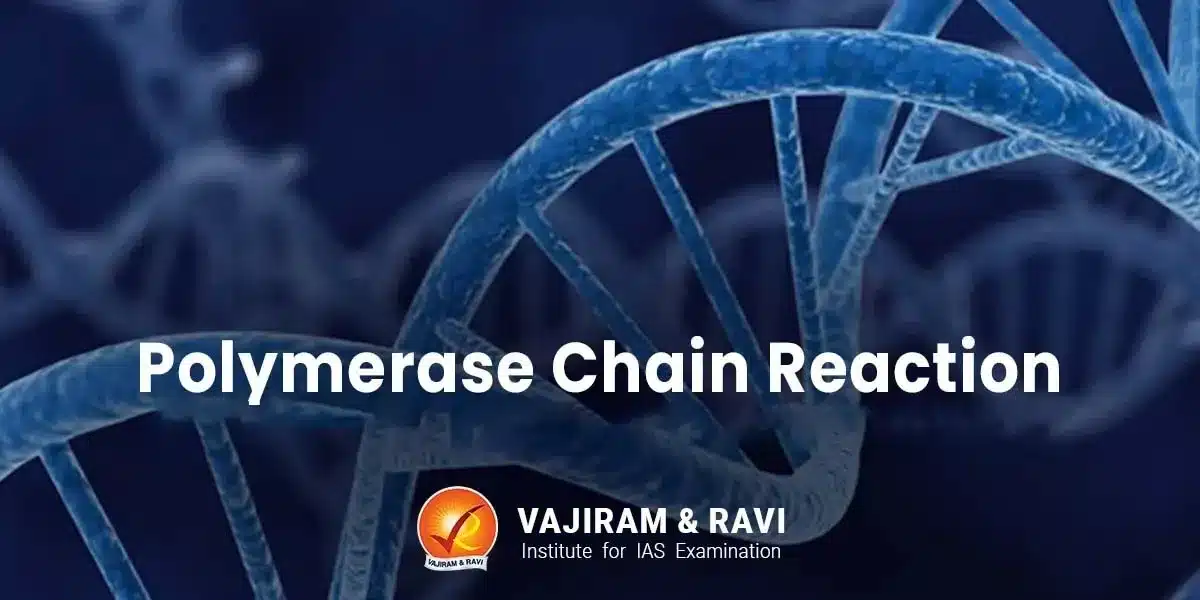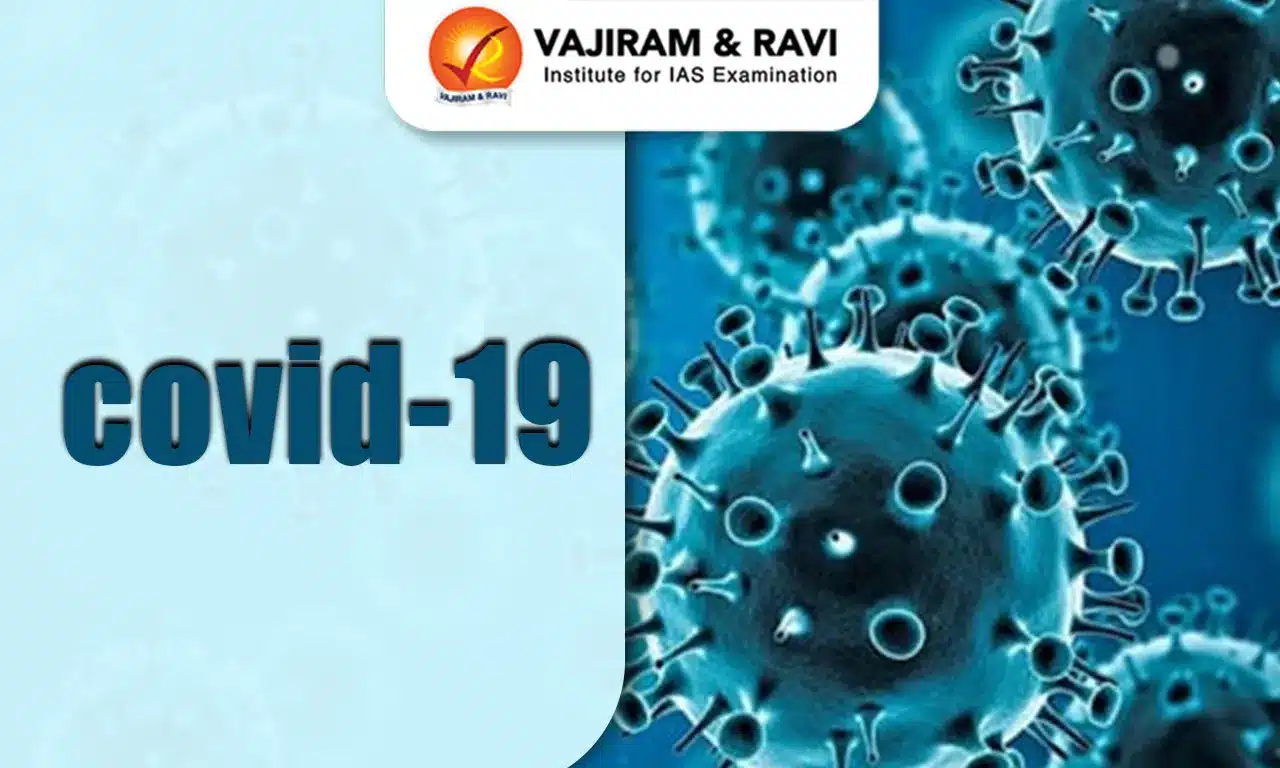Polymerase Chain Reaction (PCR) has been an indispensable tool in the field of genetic engineering enabling amplification of DNA sequences in vitro. Invented by Kary Mullis in 1983, PCR allows exponential copying of minute quantities of DNA through thermocycling and enzyme-mediated replication. By generating billions of copies from just a few molecules, Polymerase Chain Reaction catalyzed genetic engineering by facilitating gene isolation, cloning, sequencing and targeted mutagenesis.
Refinements like real-time PCR, RT-PCR and assembly PCR have expanded their applications in recombinant DNA technology, synthetic biology and genome editing. By enabling amplification and manipulation of DNA in vitro, Polymerase Chain Reaction has been indispensable for the rapid growth of genetic engineering across medicine, biotechnology and life.
What is Polymerase Chain Reaction?
A standard Polymerase Chain Reaction (PCR) is an in-vitro method that allows a single, short region of a DNA molecule (single gene perhaps) to be copied multiple times by Taq Polymerase. Key aspects of the Polymerase Chain Reaction (PCR):
- Discovery of PCR: In 1983, Kary Mullis conceptualized and later demonstrated PCR while working at the Cetus Corporation. This breakthrough discovery earned him the Nobel Prize in 1993.
- Concept of PCR: It involves repetitive cycles of controlled heating and cooling of the reaction mixture to alternately melt, anneal and extend short oligonucleotide primers that flank the target DNA region of interest.
- Mechanism of PCR: It relies on thermal cycling, exploitation of a DNA polymerase enzyme and primers that initiate/limit DNA synthesis.
- Key Reagents in PCR: Template DNA, primers, DNA polymerase enzyme, nucleotides (dNTPs), buffer and magnesium ions.
- Polymerase Chain Reaction Equipment: Thermal cycler machine with controllable heating, cooling and holding; tubes/plates to hold reagents.
- PCR Cycling Steps: Initialisation (hot start), denaturation, annealing, extension and final elongation. Each cycle doubles the number of DNA copies.
- Exponential Amplification: Even a single copy of the template can be amplified to ~108 or more copies after 30-40 cycles, enabling detection and analysis.

Steps in Polymerase Chain Reaction
While Polymerase Chain Reaction is conceptually simple, careful experimental design and optimization are vital for success. Key steps include:
- Denaturation:
- This initial heating step (90-96°C) separates the double-stranded DNA template into single strands, a prerequisite for primers to anneal in the next step.
- Higher initial denaturation temperatures (~98°C) ensure complete strand separation, especially for GC-rich templates. Initial denaturation times range from 30 seconds to 3 minutes depending on sample type, template complexity, and reaction volume.
- Annealing:
- The reaction temperature is lowered to 50-60°C to enable primer annealing to complementary sequences flanking the target DNA segment.
- The annealing temperature is optimised based on primer length and composition – usually around 2-5°C below the primer melting temperature (Tm).
- Insufficient annealing hampers primer binding, reducing yield, while excessive annealing promotes nonspecific binding and artefacts.
- Extension:
- Raising the temperature to ~72°C enables Taq polymerase to synthesise new strands by adding dNTPs complementary to the template.
- The extension time depends on the amplicon length and polymerase used. Taq polymerase typically adds nucleotides at ~1000 bases/minute.
- Longer extensions (2-3 minutes) are used for longer amplicons or with slower polymerases.
- Repeated Cycling:
- Repeating ~25-40 cycles exponentially amplify the target segment framed by the primers.
- The cycle number is optimised based on the starting template amount and amplicon length.
- Excessive cycling should be avoided to minimise non-specific products and artefacts.
- Final extension:
- After the repeated cycles, a final 5-15-minute extension step at 72°C ensures all single-stranded products are fully extended. This maximizes the final yield.
- Optimisation:
- While Polymerase Chain Reaction is straightforward in principle, optimal conditions (annealing temperature, cycle number, extension time etc.) must be empirically determined for each target and primer pair.

Types of Polymerase Chain Reaction and their Applications
Various PCR modifications and alternative techniques have emerged over the years for specialised applications:
| PCR Type | Key Features | Applications |
| Standard PCR | The original PCR method. Used for routine DNA amplification. | General lab applications like cloning, sequencing etc. |
| Real-time Polymerase Chain Reaction | – Allows real-time monitoring of DNA amplification through fluorescence.
– Can quantify the starting template. |
Gene expression studies,pathogen detection and diagnostics. |
| Reverse Transcription-PCR (RT-PCR) | – Converts RNA to cDNA before normal PCR amplification.
– Used to study gene expression. |
Viral detection, cancer biomarker discovery etc. |
| Multiplex PCR | – Amplifies multiple DNA regions simultaneously using primer multiplets.
– Allows high-throughput DNA analysis. |
for Genetic disease testing, agricultural GMO detection etc. |
| Nested PCR | Uses two sets of primers in two successive runs for enhanced specificity. | Forensic DNA fingerprinting,paleo genomics etc. |
| Assembly PCR | Assembles long DNA constructs from oligo building blocks. | Synthetic biology and metabolic engineering. |
Significance of Polymerase Chain Reaction
Polymerase chain reaction (PCR) is a technique that enables the detection of small amounts of DNA. It has significantly impacted various fields, including genomics, forensics, diagnostics, archaeology, and palaeontology. The following are some of the key points that highlight the importance of PCR:
- Polymerase chain reaction has played an essential role in various fields of molecular biology and genomics, including molecular cloning, DNA sequencing, and gene expression analysis.
- It has revolutionised forensic investigations, allowing the identification of criminals from tiny traces of DNA evidence left at crime scenes.
- PCR has also transformed clinical microbiology and infectious disease management by enabling the diagnosis of infectious diseases through the detection of pathogen DNA signatures.
- It has facilitated paternity testing, genetic fingerprinting, and DNA databasing for forensic identification.
- Polymerase chain reaction has enabled the DNA barcoding of species, catalysing metagenomics studies of environmental microbial diversity.
- PCR has democratised access to genomic information by enabling the generation of vast DNA data from minute samples.
Applications of Polymerase Chain Reaction
PCR has a wide range of specialised applications and is used by scientists in all fields of biology. It has become an indispensable tool in molecular biology. Here are some of the key applications of Polymerase Chain Reaction:
- Medical diagnostics: PCR is used to detect trace amounts of viral or bacterial DNA/RNA in patient samples,
- Enabling the diagnosis of infectious diseases like COVID-19, HIV, and hepatitis.
- Clinical research: PCR is used to analyze gene sequences and mutations associated with genetic disorders.
- Like cystic fibrosis and thalassemia, which is crucial for developing diagnostics and treatments.
- Forensics: It is used to amplify tiny samples of DNA collected from crime scenes to identify suspects through DNA fingerprinting and establish forensic evidence.
- Agriculture: Polymerase Chain Reaction is used to detect the presence of GMOs, plant pathogens, antibiotic resistance markers, and more in crops and soil, which is important for biosecurity.
- Paleogenomics: It is used to amplify ancient DNA from fossils and artefacts to study evolution, migrations, and relationships between extinct species.
- Metagenomics: It is used to sequence microbial communities in environmental samples to catalogue biodiversity.
- Synthetic biology: PCR is used to assemble DNA fragments and create artificial genes and engineered biological systems.
- Food safety: It is used to screen food items for contaminating microorganisms or allergens.
Thus, Polymerase Chain Reaction has become an indispensable technology across diverse domains including medicine, forensic science, biological research, agriculture, and biotechnology. Its sensitivity and specificity to amplify trace amounts of DNA has wide-ranging applications.
Last updated on July, 2025
→ UPSC Notification 2025 was released on 22nd January 2025.
→ UPSC Prelims Result 2025 is out now for the CSE held on 25 May 2025.
→ UPSC Prelims Question Paper 2025 and Unofficial Prelims Answer Key 2025 are available now.
→ UPSC Calendar 2026 is released on 15th May, 2025.
→ The UPSC Vacancy 2025 were released 1129, out of which 979 were for UPSC CSE and remaining 150 are for UPSC IFoS.
→ UPSC Mains 2025 will be conducted on 22nd August 2025.
→ UPSC Prelims 2026 will be conducted on 24th May, 2026 & UPSC Mains 2026 will be conducted on 21st August 2026.
→ The UPSC Selection Process is of 3 stages-Prelims, Mains and Interview.
→ UPSC Result 2024 is released with latest UPSC Marksheet 2024. Check Now!
→ UPSC Toppers List 2024 is released now. Shakti Dubey is UPSC AIR 1 2024 Topper.
→ Also check Best IAS Coaching in Delhi















